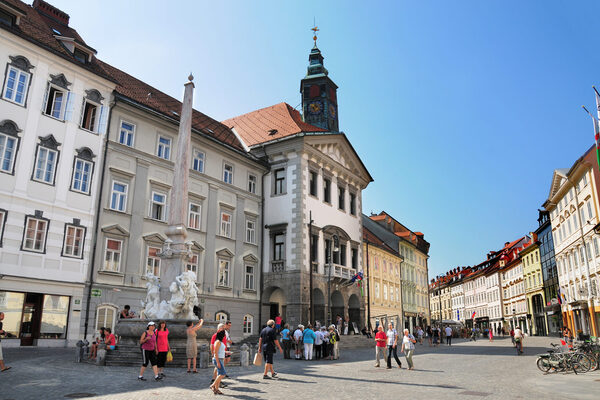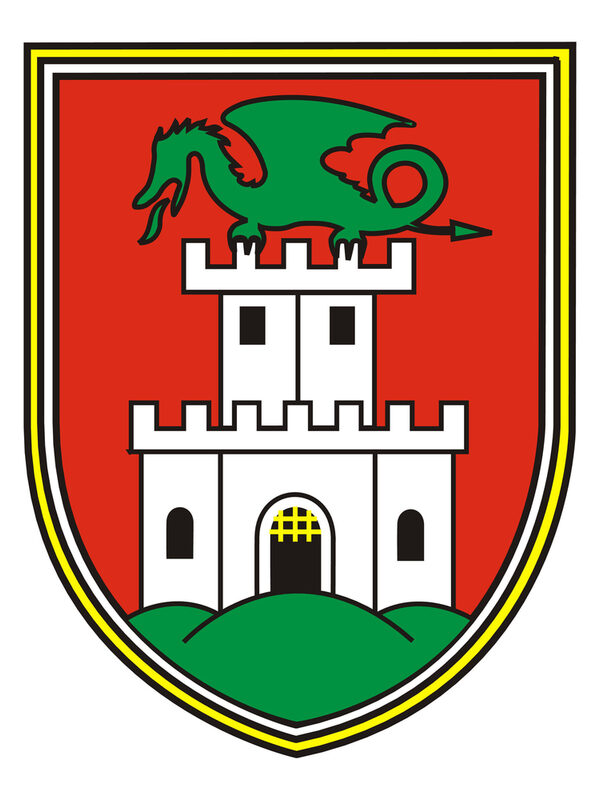Ljubljana (Slovenia)
Cooperation in cultural and economic areas characterizes the town twinning between Wiesbaden and Ljubljana, the capital of Slovenia, which was proclaimed in 1977.
Worth knowing
The first contacts between Wiesbaden and Ljubljana came about when Ljubljana invited the then Lord Mayor Rudi Schmitt to its international wine fair in August 1968. Schmitt was unable to attend that year, but took the invitation as an opportunity to visit the following year. The German-Yugoslavian Society also encouraged the two cities to become friends.
Finally, the twinning agreement was signed in March 1977 on the occasion of the "Alpe-Adria Fair" in Ljubljana. The town twinning is characterized by cooperation in economic, cultural and artistic fields, encounters between young people and sportsmen and women as well as the exchange of experts from different areas of the municipalities.
With a population of around 285,000, Ljubljana is also an important university city. More than 63,000 students are enrolled at 23 faculties and the city's three art academies. The students shape the life of the city and give it a young and lively character. Ljubljana is Slovenia's most important economic center and home to the country's only stock exchange (Ljubljanska borza). Many large companies have their headquarters in Ljubljana.
Ljubljana was named "European Green Capital 2016" and was also awarded the "Tourism for Tomorrow 2015" prize. Due to its high level of environmental awareness, it is a city with a green soul.
The old town of Ljubljana is a protected monument. The most famous buildings by architect Jože Plečnik include the "Three Bridges" (Tromostovje), the Slovenian National Library, the Žale cemetery and the converted historical building complex Križanke, Tivoli Park and the autonomous youth and cultural center "Metelkova". The Cathedral of St. Nicholas, the Archbishop's Palace, the Slovenian National Gallery and the Town Hall are also impressive. (opens in a new tab)

